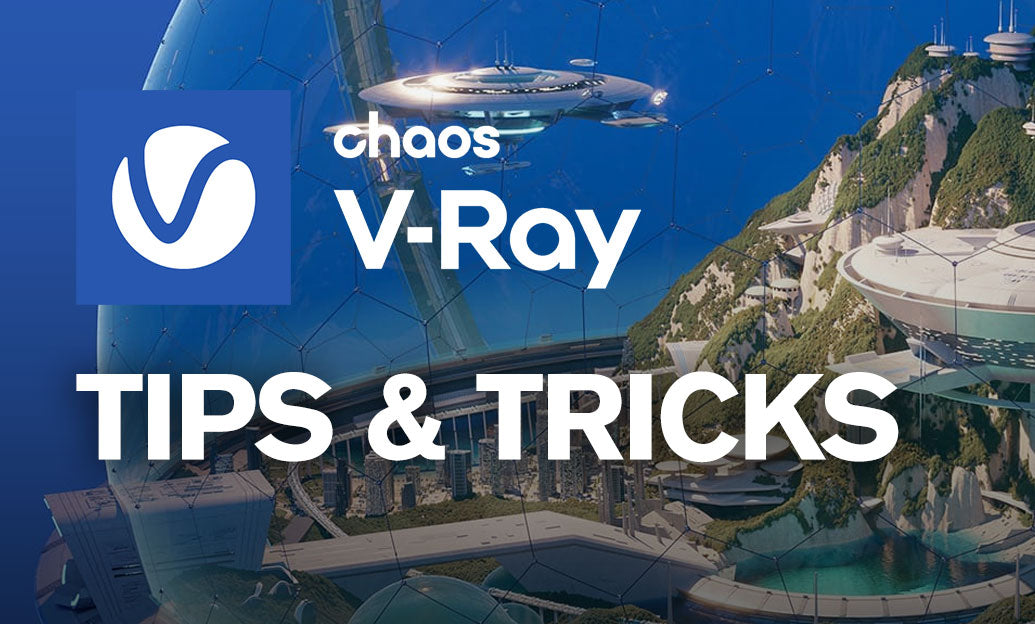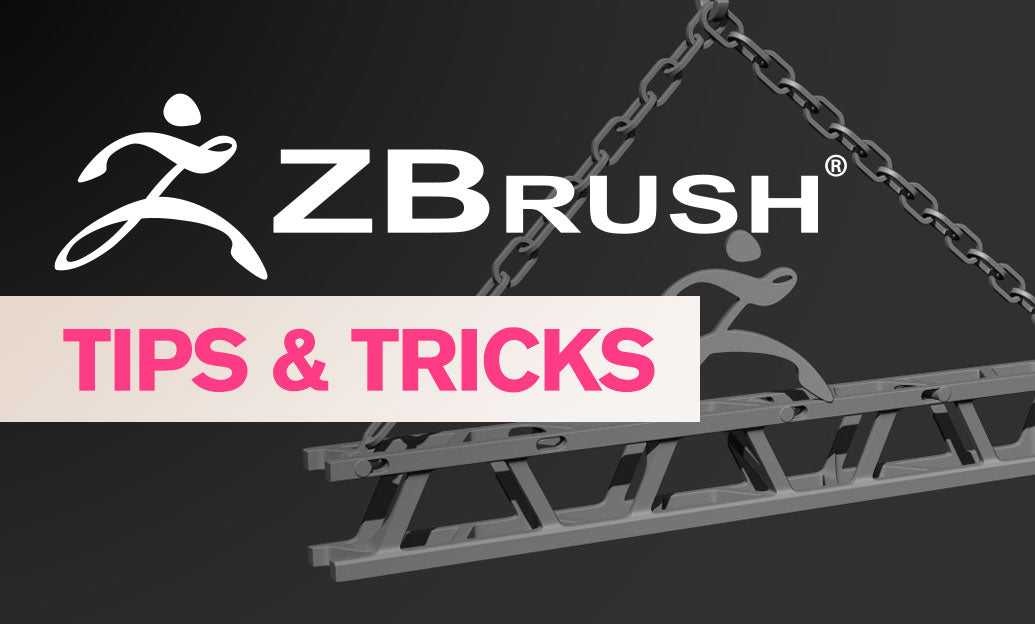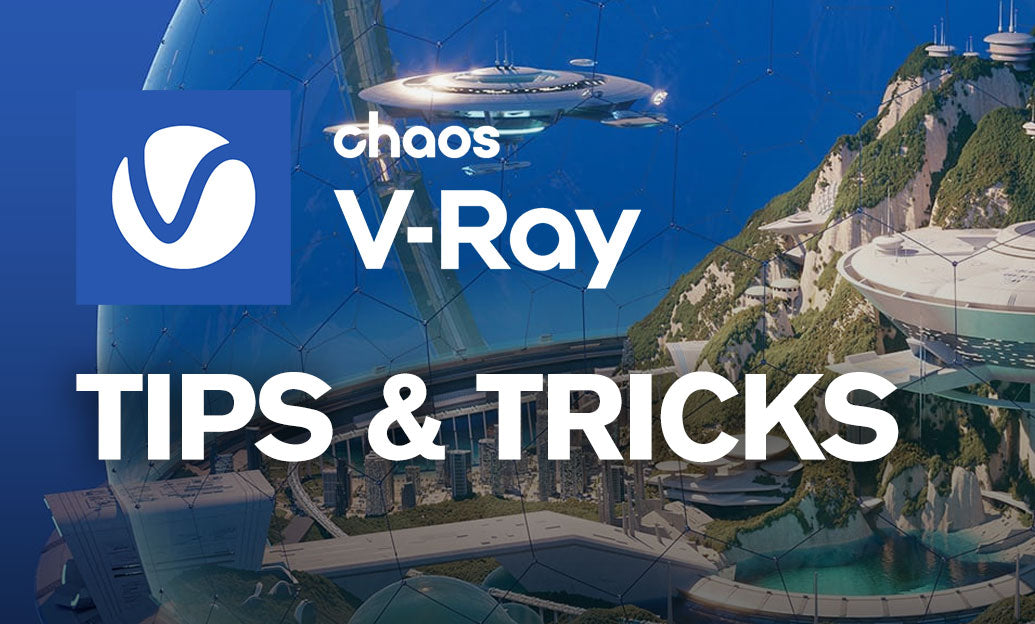Your Cart is Empty
Recent Articles
- Enhancing Your Workflow with VisualARQ's Innovative Section Manager Features
- ZBrush Tip: Maximizing Efficiency with ZBrush's ZModeler Brush: A Guide to Advanced Hard Surface Modeling Techniques
- V-Ray Tip: Efficient High-Poly Model Management with V-Ray Proxies for Enhanced Rendering Performance
- AutoCAD Tip: Effective Strategies for Enhancing Design Presentations with AutoCAD Viewports
- Revit Tip: Enhancing Team Collaboration with Revit Worksharing: Essential Best Practices
- Rhino 3D Tip: Optimizing Rhino 3D Models for Efficient and Effective 3D Printing
- Bluebeam Tip: Enhancing Team Collaboration with Bluebeam Revu Studio Sessions
- Unveiling Autodesk Fusion's New Cloud Bill of Material Capability: Your Guide to Maximizing Its Potential
- Cinema 4D Tip: Crafting Cinematic Camera Animation in Cinema 4D: Essential Tips for Dynamic Visual Storytelling
- ZBrush Tip: Maximizing Sculpting Detail with Effective Subdivision Level Management in ZBrush
V-Ray Tip: Maximizing V-Ray for Rhino: Essential Tips for Enhanced Architectural Rendering
April 15, 2024 2 min read

For architects and designers using Rhino, V-Ray is a powerful tool that can bring your renders to life. Here are some valuable tips to help you maximize your workflow and achieve stunning visual results with V-Ray for Rhino:
- Utilize V-Ray's Interactive Rendering: Make use of V-Ray's interactive rendering feature to get instant feedback on your changes. This can be particularly useful during the material creation and lighting setup to quickly see how modifications affect the scene.
- Optimize Your Materials: Realism can often be achieved with subtle texture details. For architectural renders, ensure that materials are physically correct by using V-Ray's built-in material library or creating your own with realistic reflection and refraction properties.
- Adopt the Use of V-Ray Proxies: Architectural scenes can get very complex. Use V-Ray proxies to replace complex geometry like trees, furniture, and cars to drastically reduce the load on Rhino while still rendering detailed objects in V-Ray.
- Employ Sun and Sky for Natural Light: V-Ray's Sun and Sky system can simulate realistic lighting conditions based on location, date, and time. It is a powerful feature for architectural visualization to get accurate shadows and daylight simulation.
- Use Displacement and Normal Maps: To add extra detail to your surfaces without modeling it, use displacement and normal maps especially for architectural elements like bricks, tiles, and wood grains.
- Experiment with Depth of Field: Add a sense of scale and focus to your renders by using V-Ray's camera settings to create depth of field, blurring out parts of the scene to draw attention to your main subject.
- Implement V-Ray Frame Buffer (VFB) Tools: Use the color correction and LUTs in V-Ray's frame buffer to fine-tune your image directly within V-Ray without the need for post-processing in another software.
- Render Elements for Post-Production: Output different layers such as reflections, shadows, and lighting by using V-Ray's render elements. This allows for greater control in post-production, enabling changes without re-rendering.
- Use V-Ray Clipper for Section Cuts: Easily create section cuts and floor plans with the V-Ray Clipper feature. It’s a non-destructive way to cut through buildings and inspect interior details.
- Tap into V-Ray Cloud: For time-constrained projects, consider using V-Ray Cloud for rendering. This can significantly speed up the process by leveraging cloud computing to free up your local resources.
For more information and tools to enhance your V-Ray for Rhino experience, visit NOVEDGE, a leading online store for design professionals. NOVEDGE offers a vast selection of software solutions including V-Ray, to bring efficiency and quality to your projects.
By applying these tips, you'll be better equipped to create impressive, photorealistic renders with V-Ray for Rhino. Remember, a good render is not just about the software, but also about understanding the principles of lighting, materials, and composition.
You can find all the V-Ray products on the NOVEDGE web site at this page.
Also in Design News

Enhancing Your Workflow with VisualARQ's Innovative Section Manager Features
April 30, 2024 3 min read
Read MoreSubscribe
Sign up to get the latest on sales, new releases and more …




